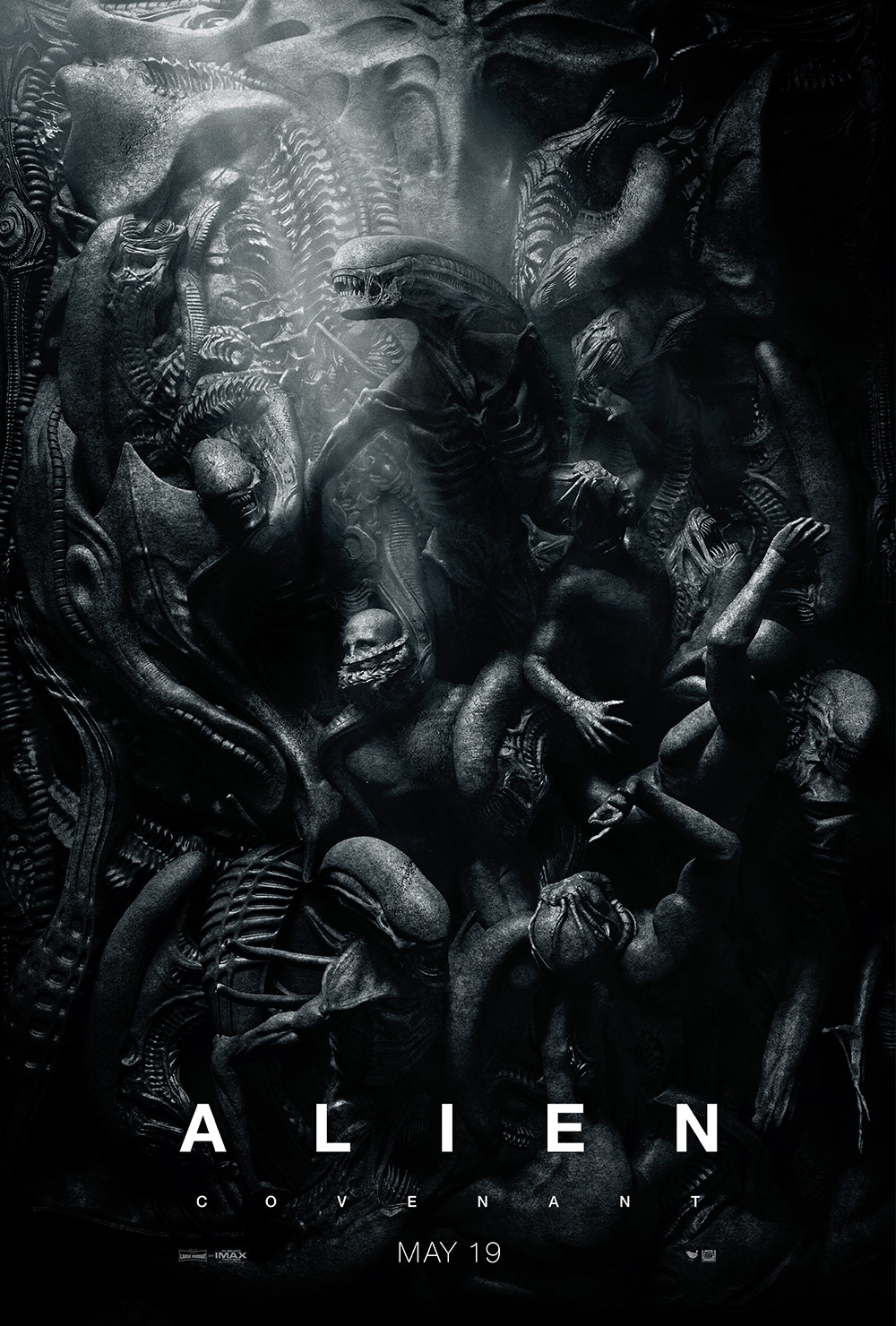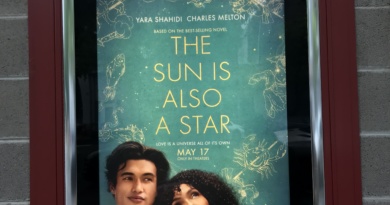‘Friend’ me, ‘like’ me, ‘share’ me: NSPA convention organizers use Twitter to connect with students
[nextgen_cooliris id=6]
Photo gallery by Abigail Shade/HUB correspondent
—-
By Anna Sturla,
Editor-in-Chief–
“’Friend’ me, ‘like’ me, ‘share’ me: It’s the new journalism,” pronounced the photographer Richard Ross.
Ross may have intended his words as a humorous self-plug, but they are echoed across the journalism industry, and perhaps nowhere more than at the 2013 NSPA Spring National High School Journalism convention taking place this weekend in San Francisco.
After Ross finished his keynote address at the convention, NSPA Executive Director Logan Aimone mediated the follow-up question and answer session. Aimone fielded questions from Twitter and the audience as he hustled around the main ballroom of the San Francisco Marriott Marquis, choosing which ones would be asked.
The annual NSPA convention incorporates social media into daily life ofS, with a particular focus on the enormously popular microblogging website Twitter. Attendees can comment on the convention by attaching the hashtag “#hsjSF,” which stands for “high school journalism San Francisco,” to their tweets. Event organizers featured tweets by high school students arriving to the convention on a projected graphic before the keynote address, and questions tweeted and marked with the hashtag were sorted and asked by Aimone.
We started using the convention hashtags in 2009. Obviously there weren’t too many people on Twitter at the time,” Aimone said, referencing Twitter’s start date in 2006. “It really took off in 2011, when we used the hashtags to have students submit their questions for the keynote.”
“I think it’s sort of grown up,” Aimone added. “It used to be a lot of chit-chat on Twitter, and now it’s more substantial.”
Twitter took 3 years, 2 months and one day to reach 1 billion tweets, according to official Twitter statistics. Now the company reaches the same number every two to three days.
The rapid evolution of social media has exposed a generational gap in the learning curve.
Lifetouch Director of Education Laura Schaub recently attended a convention held by the Columbia Scholastic Press Association in New York City, which, according to her, was “twittered out.”
Though intrigued by Twitter and other social media, Schaub, a professor emerita from the University of Oklahoma, considers social media an addendum to her already full schedule.
“I am a member of Twitter, but I am so busy, I can’t use it,” Schaub said.
However, for many students, social media and Twitter seem less like a tool to be learned and more of a natural extension of who they are.
“We live and breathe computers,” said John Shollenberger, of American Canyon, Calif., who says that the purpose of modern versus traditional communication differs in that “we can connect to other people, not just ourselves and those around us.”
Or, in Ross’ words: “Have you ‘friended’ me yet?”
[soundcloud url=”http://api.soundcloud.com/tracks/89656613″ params=”” width=” 100%” height=”166″ iframe=”true” /]
Radio by Ellen Finn/HUB correspondent




